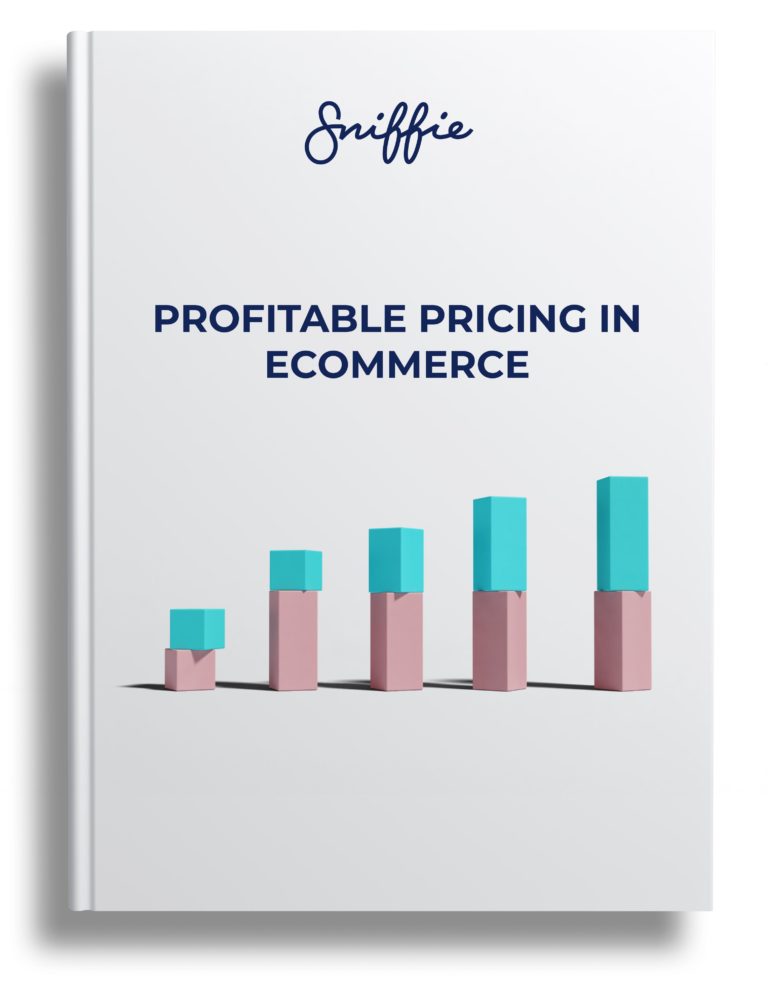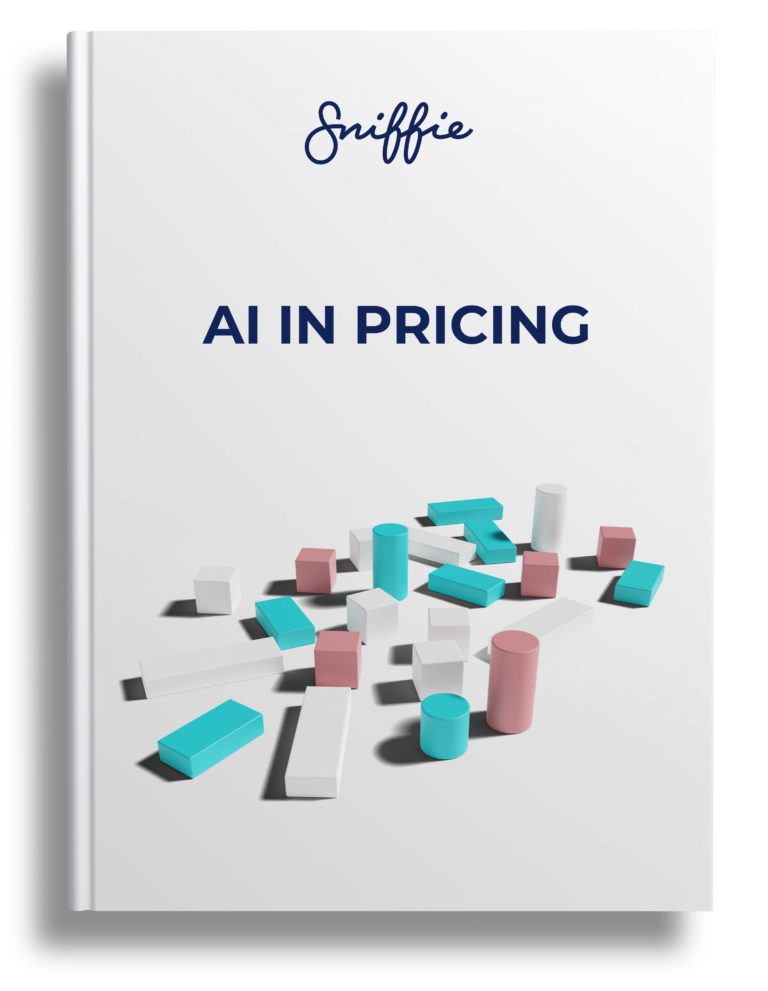What is market-based pricing strategy?
Market-based pricing strategy involves a process in which the product prices are fixed after studying the costs of the similar products available in the market.
Businesses decide the price for their products based on the features of the product, does the product have more or less to offer compared to competing products?
Deciding the prices for your brands’ products and services is one real challenge! You set them too high- customers are not willing to purchase it in the first place; you set them too low- your brand may gain the reputation of selling cheap, low-quality products.
Stop aiming in the dark! Unrealistically high or unbelievably low prices can either build or break the reputation of a business.
Nobody is a pricing pro, so, take the smarter path and become a leader of the market by learning how to build a profitable market-based pricing strategy, step-by-step.
Factors that contribute to strategizing product prices:
- Actions that competitors take
- Consumers’ ability to pay
- Consumers’ willingness to pay
- Product features
- Input costs
- Market conditions
- Account segments
- Trade margins
- Production and distribution costs
- Variable costs
Is market-based pricing strategy an ideal choice
for any business?
Whether it is a small scale business or a large organization, market-pricing strategies require some serious consideration in the volatile market. Imagine setting a ridiculously low price for an Uber-cool, multi-featured product or sky-touching price for a low-quality offering, either way the business is doomed.
The correct market-pricing strategy will help a business reach a sweet spot between building product value and pricing, which will optimize a business for success. Henceforth, strategic-market pricing is ideal for every business type as it acts as the determinant as to how products/services must be priced so that it helps achieve profitability goals.
Download free ebook on profitable pricing in ecommerce

How to create a profitable market-based pricing strategy for a profitable business
Clearly, as a business, you must be aiming for generating high-revenue? Market-based pricing strategies can help you achieve your profit objectives. Here is how you can design one for your business!
Understand your business goals
Analyze your individualistic business goals and get closer to designing the perfect marketing strategy based on it. Here are just some of the goals that might be relevant for you:
- Increase revenue per customer
- Larger market share
- New product introduction
- Fill capacity and utilize resources
- Beat the competition
- Market penetration
- Improve cash flow
- Reach a new segment
- Increase in profitability
- Increase prospect presence
- Increase prospect conversion
Find out what your goal is and then proceed to the next step.
Study the market pricing criteria
a) If your competitors have set low prices for a service
Then your product/service must be priced accordingly. If you are worried about running into losses it might be time to take another look at your cost structure. Another option is that your product is more valuable than your competitors in which case you need to make sure you market it as a premium product.
b) Beat the brands that sell highly-valued products/services
Highly-priced products = Superior quality delivery + unprecedented customer services + high-quality marketing
So, if you plan to beat the higher priced brands, and then put a significant emphasis on superior product marketing and delivery.
c) Understand your target audience
In order to do this, ask yourself the following question:
- What value or benefit will my product/service bring to the customer?
- Is the product/service worth the price?
- Are the products/services fulfilling the urgent needs of the customer?
A business pricing model must align with what your customers want and why they must buy your product. For example: If you are offering the best-of-breed product, which meets the urgent needs of a customer, then- ‘Value-based pricing’ will best suit your business!
d) Identify your direct and indirect competitors
Analyze your competitive landscape and understand the pricing model of the competitors. You must study the structure of the pricing of your competition and why they are following a particular strategy.
e) Create a pricing plan
By this time, you have gathered the necessary information; now is the time to implement an action plan.
There are endless strategies, limitless approaches; the question arises which one will suit your business needs?
Once you’ve created your pricing strategy, implementing it is the next challenge. Luckily there is software available to help you do this easily.
Read the complete story on pricing strategies

Read the complete story on pricing strategies

Understanding different Market-based Product Pricing Approaches
Penetration pricing
Launching a new product or service into the market? Then your sole purpose at the moment must be to garner the attention of the potential customers, right? This is when the penetration market strategy comes to the rescue!
Penetration pricing market strategy proposes setting low prices for a product or service when it is newly launched into a market. Setting low prices for a product makes it stand out from the other competitor products and helps increase awareness around the product in the market.
Although at the initial stages, do not expect high profits, gradually, when the business catches some pace then the revenue is bound to increase.
Once a brand’s success has penetrated the target market, the prices for the same products can be increased, a win-win situation for all!
Price skimming
The price skimming strategy perfectly complements the emerging markets. This product pricing strategy involves highly over-pricing a product or service when initially introduced in the market and then subsequently lowering the price after satisfying the demand of the first lot of customers.
The temporary price discrimination is done to yield maximum profit. The prices are subsequently lowered for long term market existence and to attract more price-conscious buyers. Some of the top technological brands adopt the price skimming pricing strategy to reach the maximum number of customers.
Value-based pricing strategy
When companies price their services or products based on the buying capacity of the target customers. In the value-based pricing strategy, the customer interest is of the highest priority. In value-based pricing, the perceived value of the product in the eyes of the consumer is what determines the products price.
High-low pricing strategy
When businesses sell products at high prices initially but lower the product/service prizes when the product relevance or novelty drops. In situations like this, a company must offer attractive discount deals, festive and year-end sales, because a drastic drop in prices on special occasions attracts customers and helps re-establish brand identity.
Factors that may directly or indirectly affect the strategic pricing
Studying the existing market conditions
Understanding the market in which your product will compete and analyze if it is stagnant or not? If yes, then how can your pricing attract the customers to select your brand over others?
Do you have competitors, close enough where the price can be the only difference?
If the only difference between your product and the one owned by your immediate competitor is the price, then your business needs the data that can help determine a price structure that will best fit to increase the overall profitability.
Know the life-cycle of the product; this will affect the price and changes in the price
A product’s life cycle, which majorly consists of four stages, namely, introduction, growth, maturity, then decline can slowly become the deciding factor for setting the price of a product.
These four act as the stages that can help decide the appropriate time when to increase or decrease marketing costs, hike or reduce the product price, plan market expansion, and focus on redesigning and remarketing.
Here is how business strategies are tweaked at different life-cycles of a product:
Introduction Phase: The product is rolled out in the market after implying an appropriate market-pricing approach. Pricing decisions will here decide product penetration into new market demographics.
As a business, initially, the price of a product must be set the highest to cover-up the investment cost and derive traffic. Also, setting high prices means portraying a product of high and superior quality.
Growth Stage: Period when businesses witness rapid revenue growth and expansion. When the product is fresh in the market, generally, the revenue growth is higher compared to the other old products. After its success, the majority of retailers get interested in selling it. So, due to the high supply and demand, the prices are generally set high.
Maturity Stage: Unlike the introduction phase, the demand and growth will simultaneously plateau. For some businesses, this stage does turn out to be the most profitable, because the sales do increase although at a very slow pace. The product/service prices continue to remain the same. There is a decrease in advertising expenditures, and the product enters the fierce market competition.
Brands do face a scenario in which they may have to reduce the prices forced by the rival’s competitive product prices. Competitive prices convince a consumer to purchase their product over the others.
Decline Stage: With the advent of new technologies and facilities, the prices of older products need to be slashed. On top of that, products at this stage need to re-designed, and changing marketing techniques also becomes necessary.
The journey of a product from the introduction to the decline stage introduces it to various market challenges. The pricing strategies need to be heavily altered during the whole life-cycle.
Download free AI in Pricing ebook

Easy steps to implement and build a profitable market-based pricing strategy
a) Research the market, find exact competitors
Scrutinize the market scenario; understand where the target audience lies, what they want to buy, and how the competitors are meeting their demand while providing customer satisfaction. For businesses to flourish and to lead the market, studying the competitor techniques is vital.
b) Do your math, see where your margins are
Go through your revenue records; analyze your market stability, profit margins. If the statistics are in your favor, you may take the chance to set higher prices without the risk of losing your market share.
Other situations may require a brand to cut down the prices and instead focus expenditure on designing and implementing aggressive marketing techniques.
c) Set your price and keep a track of the market performance
A company’s job does not end at setting the market-based pricing! There is still a long way to travel to provide roaring success to a business, like- continuously monitoring the competition.
With Sniffie, studying the competitive market dynamics won’t be a challenge for you, we promise!
Sniffie helps businesses make customized price monitoring solutions, which will take away the burden of studying excessive and sometimes unnecessary market data. Our software will smartly help you to skim through the gigantic amount of data and focus on the competitor market.
Building Profitable Market-Based Strategies with us just got easier!
Introducing you to a feat of really cool tools that Sniffie offers! Here are some of them:
How can Sniffie contribute to building a profitable market-based pricing strategy?
Sniffie’s tools will provide a clear insight into market analytics, making it easier for businesses to design and plan market-based pricing.
- Extracting web-data
Sniffie will smartly collect crucial, must-have pricing data, and display it right to your team by taking your team onboard.
- Enriching you with competitor data
Our software will extract external data and internal data and place it in a robust data hub.
You get what you are looking for from the massive data collection, filter-down your requirement, and you will get the competitor data in no time.
- Setting up a profitable pricing strategy
The Sniffie software supports setting pricing strategies and monitoring in customisable dashboards.
- Product pricing
Once you find the pricing suggestion suitable for meeting your business objectives, take your time, come to a decision, and push up the save button.
Want to integrate the pricing to ecommerce platforms like Shopify? Don’t worry! We offer ready-made Shopify integration. Looking for integration with a non-existing platform? – We have the technology to find out a solution for that too.
- Measure the impact
How can Sniffie miss out on this part? With our tool, you can integrate your own feed and track the success of your strategies in Sniffie.
Learn more about e-commerce pricing
All things e-commerce pricing & price optimization right in your inbox. No spam.


